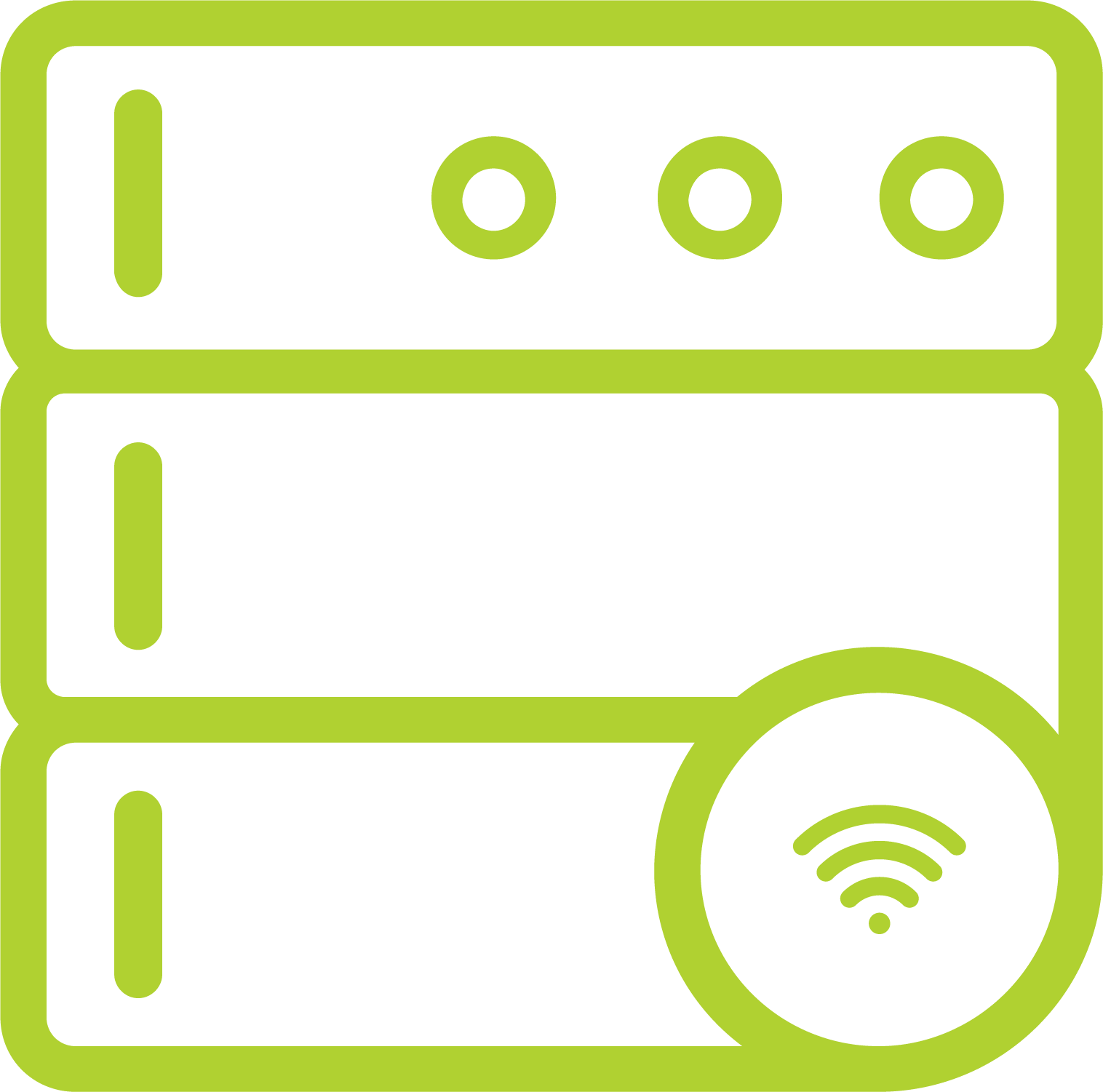Enhancing Wireless Connectivity and Efficiency in Multi-Unit Environments for Optimal User Satisfaction
Enhancing Wireless Connectivity and Efficiency in Multi-Unit Environments for Optimal User Satisfaction
Blog Article
Within today's world, maintaining a robust and dependable Wireless connection is essential, particularly in multi-unit settings like apartments or condominiums. Many individuals depend on the network for employment, school, and entertainment. However, Wi-Fi transmissions can struggle to extend to every area of these structures due to multiple obstacles. These obstacles can include walls, levels, and other digital equipment that disrupt the connection. To improve Wireless connectivity and performance in these settings, it is important to understand some foundational concepts of Wi-Fi communication.
One efficient way to boost Wireless operation is by intelligently placing routers and access points throughout the building. A central location is usually best, as it allows the signal to travel evenly in all directions. In larger multi-dwelling units, multiple access points may be required. These units assist increase the reach of the wireless infrastructure and provide better coverage to residents in different parts of the building. Additionally, using equipment that adhere to the current Wi-Fi protocols can result in higher bandwidth and enhanced total efficiency.
Another key aspect in optimizing Wi-Fi connectivity is reducing disruption from other devices. Most domestic items, such as microwaves and wireless handsets, can interfere with wireless signals. It is recommended to keep routers away from these appliances to maintain a more stable connection. Additionally, adjusting the channel configuration on a device can help reduce interference from adjacent networks. Most devices automatically select the most suitable channel, but manually choosing a less crowded one can improve efficiency.
Regularly updating device firmware is also crucial for ensuring optimal Wi-Fi stability. Vendors frequently issue patches that fix issues and improve security measures. Keeping the software up-to-date ensures that users benefit from the most recent improvements and protections against possible threats. Furthermore, monitoring bandwidth usage assists in identify which devices utilize more resources, allowing for better allocation of available capacity.
Ultimately, educating users about best browse around here practices for utilizing wireless networks can significantly enhance their experience. Basic steps such as connecting only required devices, employing wired links when possible, and routinely rebooting the device can improve reliability. By creating a culture that understands how to maximize their Wi-Fi efficiency, multi-dwelling residences can elevate user experience and ensure that all users enjoys a consistent internet service. This combined method of planned placement, reducing interference, managing equipment, and informing users will result in a more look at this website efficient and satisfying Wi-Fi usage for all residents.